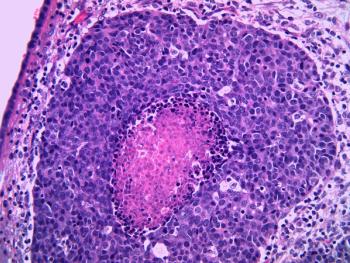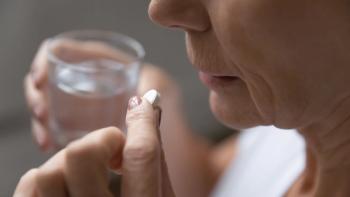
When It Comes to the Flu, Ferrets Mirror Humans
On the surface, similarities between ferrets and humans are hard to find. However, a new study published in Nature Communications reveals why the 2 mammal species share a similar susceptibility to influenza A virus strains.
On the surface, similarities between ferrets and humans are hard to find. However, a new study published in Nature Communications reveals why the 2 mammal species share a similar susceptibility to influenza A virus (IAV) strains.
Researchers from Griffith University, the University of Queensland, and the University of Adelaide recently discovered that a mutation thought to be unique to humans is also found in ferrets.
Ferrets’ susceptibility to the flu has been established for decades, but why the animals are prone to the illness has remained unknown. Now, this study might open the door to discovering new methods for tackling human diseases, the researchers stated.
What makes ferrets unique in the mammal world is that they can only make 1 type of a sugar called sialic acid, while most animals can make 2. According to the study, ferrets and humans both cannot make N-glycolylneuraminic acid (Neu5Gc).
Using genomic analysis, the researchers also found the existence of an ancient deletion in the ferret’s cytidine monophosphate-N-acetylneuraminic acid hydroxylase (CMAH) gene. Both humans and ferrets lack an active CMAH gene.
“Because ferrets can only make the human form of this sugar, they are naturally ‘humanized’ for the receptors recognized by human strains of the flu virus,” said Michael Jennings, deputy director of the Institute for Glycomics, in a Griffith press release.
Those results might explain why studies of mice, rabbits, rats, and guinea pigs have not been optimal when conducting research on human-adapted IAV strains, the researchers stated.
“Ferrets may serve as a natural model system for other human pathogens that utilize sialic-acid receptors such as rotavirus, and for studies on the emerging role of the Neu5Gc xeno-auto-antigen in inflammatory, autoimmune, and neoplastic human disease,” the study authors concluded.
Newsletter
Stay informed on drug updates, treatment guidelines, and pharmacy practice trends—subscribe to Pharmacy Times for weekly clinical insights.

















































































































































































































